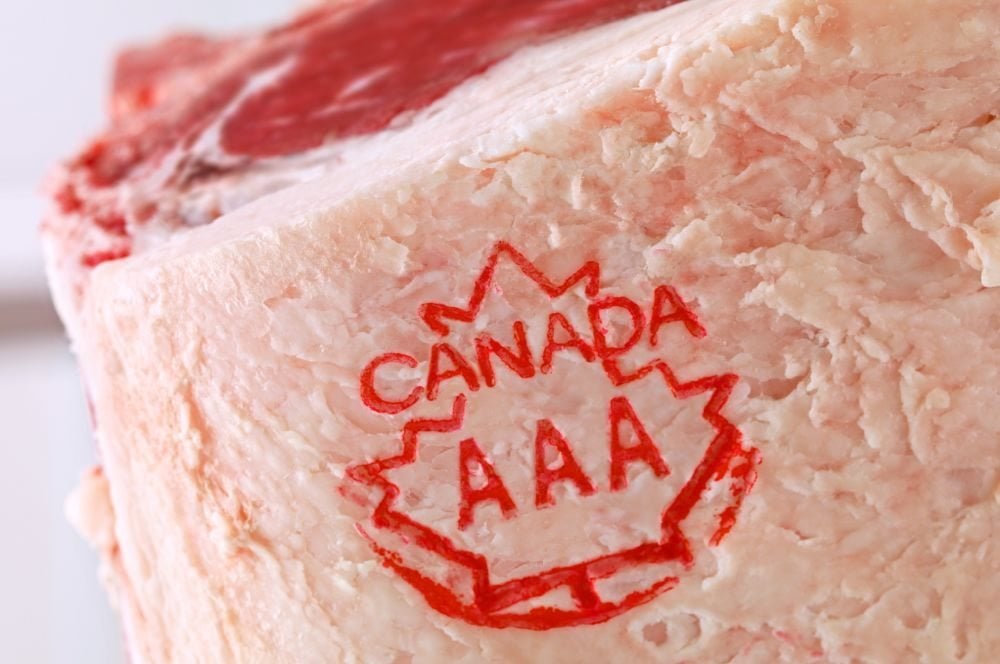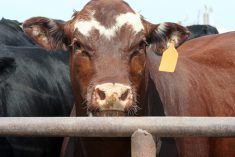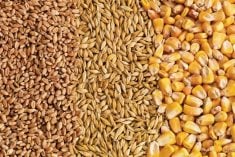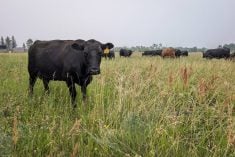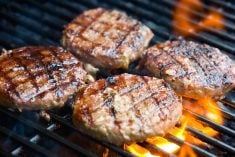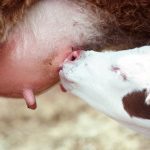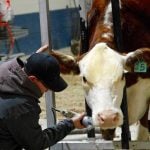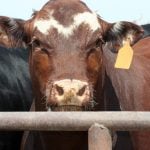Compared to last week, western Canadian yearling prices were relatively unchanged; calf prices traded $2 on either side of week-ago levels. December and February live cattle futures have dropped $8-$10 off the highs while feed grain values have remained firm.
Buyers were on the defensive this past week, given the softer outlook for fed cattle prices. However, the Lethbridge area was once again a bright spot, with yearlings trading at a $4-$5 premium to other regions of Western Canada. The quality of cattle coming on the market in Saskatchewan and Manitoba was quite variable last week. This contributed to the diverse price structure with some regions reflecting a $6-$10 price range on similar-weight yearlings. Calves were holding values.
Read Also
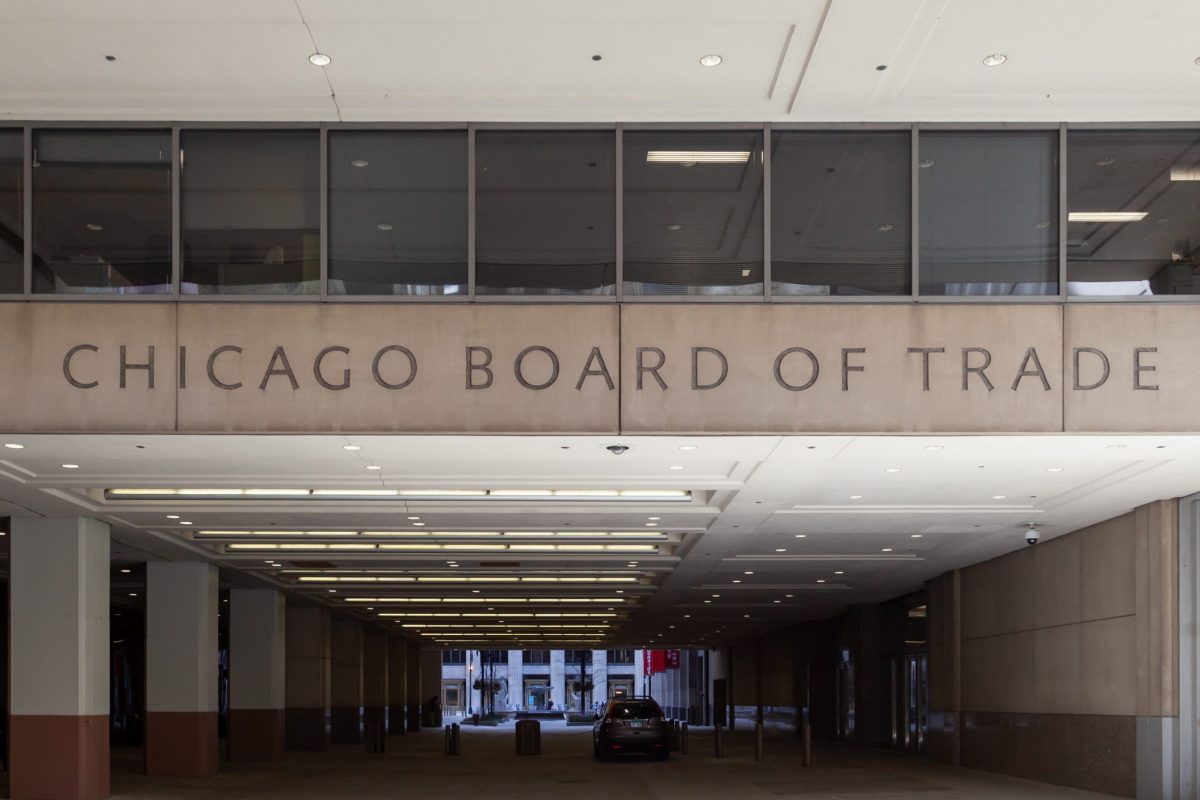
U.S. grains: Soy, corn dip on farmer selling; U.S.-China trade talks in focus
U.S. soybean futures retreated on Friday from a one-month high, pressured by a dip in crude oil prices and a round of farmer selling while market players awaited upcoming U.S. trade talks with China, the world’s top soybean buyer.
Manitoba and Saskatchewan have received sufficient rainfall to rejuvenate pastures. The panic selling is over. Stronger demand is surfacing from south of the border, given weaker U.S. feed grain prices. There appeared to be larger volumes of calves on offer in Saskatchewan, but limited numbers in Manitoba and Alberta.
In the Lethbridge area, a smaller group of red white-face steers fresh off grass averaging 870 lbs. were quoted at $200; similar-quality heifers averaging 950 lbs. were valued at $170. In central Saskatchewan, larger-frame tan grass steers averaging 900 lbs. were valued at $190 f.o.b. the farm; Angus-based grass heifers averaging 900 lbs. reportedly sold for $172. South of Edmonton, Simmental-based steers off pasture weighing 850 lbs. were valued at $202 and larger-frame 880-lb. Angus-blended heifers reached up to $181.
In central Saskatchewan, speckle calves averaging 520 lbs. were valued at $220 and British heifers averaging 510 lbs; were quoted at $195. In southern Saskatchewan, black semi-weaned steers averaging 580 lbs. were quoted at $226 and Charolais-based heifers weighing 575 lbs. were valued at $193. North of Calgary, larger-frame weaned tan steers averaging 610 lbs. were quoted at $221 and larger-frame red weaned heifers weighing 640 lbs. were valued at $196. In southern Alberta, Charolais-based 450-lb. steers were quoted at $255.
Friday’s world agricultural supply and demand estimates (WASDE) from the U.S. Department of Agriculture had first-quarter beef production at 6.76 billion lbs., down 100 million pounds from its August projection. U.S. beef production will experience a sharp year-over-year decrease during the first and second quarter of 2022. This is limiting the downside in the cash market despite the recent slide in live and feeder cattle futures.
— Jerry Klassen manages the Canadian office of Swiss-based grain trader GAP SA Grains and Produits Ltd. and is president and founder of Resilient Capital, specializing in proprietary commodity futures trading and market analysis. Jerry consults with feedlots on risk management and writes a weekly cattle market commentary. He can be reached at 204-504-8339 or via his website at ResilCapital.com.

